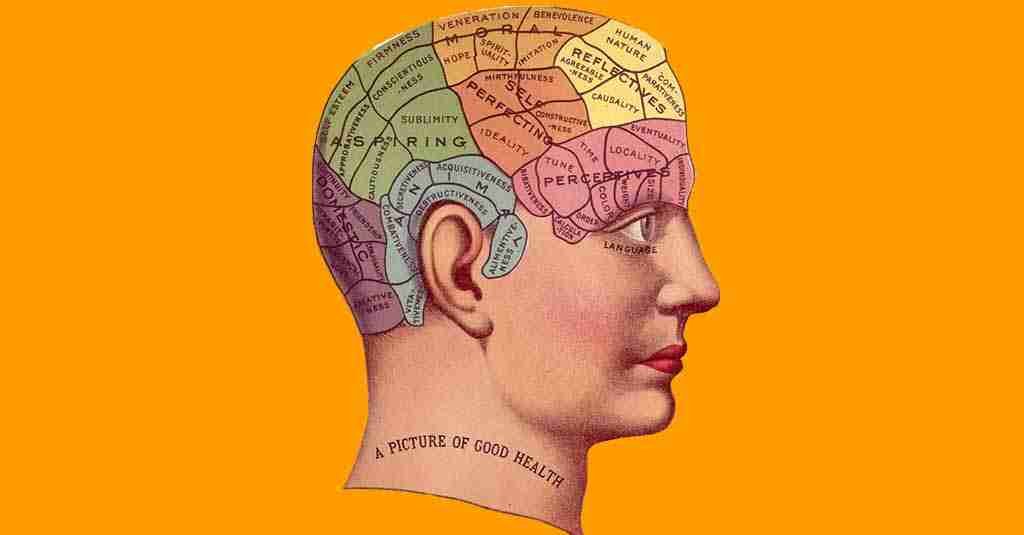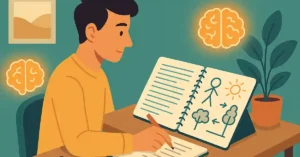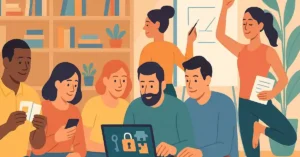Introduction
Did you know that the average person will usually forget 90% of what they learn within thirty days unless they utilize memorization techniques?
If we passively engage in learning the way that most people do, we tend to forget more than we remember. It explains why I did so poorly in school. I thought classes were boring. In fact, I would rather have been anywhere than in class.
I didn’t know the importance of using my imagination to make the material my own. One of the most significant takeaways from learning about memory is the importance of creativity. It will boost your interest in even the most boring lessons, and it will be easy to memorize any fact or figure.
Storytellers
If we look back to the world before writing, undoubtedly, people understood the importance of a great memory. What other choice did they have?
Storytellers were particularly great at memorization. Their job was to impart lessons and entertain others.
Obviously, we don’t know too much about the techniques these masters used because they didn’t write anything down; however, there are clues in some of the stories that were passed down to later generations.
In ancient Greek literature, many characters were assigned a specific adjective to describe them. For example, the word mighty is connected to Hercules, even if he’s not doing anything spectacular. The word beautiful is attached to Aphrodite, even if she’s committing an atrocious deed.
These adjectives act as a mnemonic device, so the person telling the story knows which character is driving the action. The contextual clues aid in creating images and little mind-movies that make storing and recalling memories easy.
Rhetoricians and the need for Memorization
In Ancient Greece and Rome, politicians learned memory techniques to help with public speaking. It was necessary to impress their colleagues with a vast reserve of knowledge and information ready in their minds.
The ancients could recall lists that contained thousands of data points. They remembered numbers, statistics, and facts. Anything that they could use to leverage their positions, they could remember. And it seems they did this by using imaginative association, a simple technique where we creatively relate one piece of information to something else.
Types of Memory
At the time of this writing, it is generally accepted that there are four different types of memories: working, sensory, short-term, and long-term memory.
Working Memory
Working memory is a little snippet of memory that allows us to see continuity. It is necessary for decision-making and reasoning. We need working memory to manipulate and use stored information.
Sensory Memory
We are constantly bombarded by what we see, taste, touch, smell, and hear. If we paid attention to everything all at once, we would quickly become overwhelmed.
Our sensory memory creates a brief snapshot, and our brains focus on the essential details. Even though sensory memory is fleeting, it allows us enough time to develop relevant sensory information into short-term memory.
Short-term Memory
Short-term memory lasts only twenty to thirty seconds if we don’t train it. Scientists believe we can hold 7 +/- 2 pieces of information in short-term memory. That is one reason that phone numbers are seven digits. Most people can remember about seven words without a problem.
One goal is to improve the amount of information we retain in short-term memory. It’s unlikely we can move the 7 +/- 2 number, but we can encode more information into a single group, allowing us to store incredible amounts of data.
Long-term Memory
There are at least two types of long-term memories: non-declarative and declarative.
Non-declarative memories are the collection of skills and habits that we perform automatically. It doesn’t require conscious thought to perform a non-declarative action.
In general, declarative memories require conscious recollection. We must make an effort to retain this information. For some of us, that is not an easy task. It certainly wasn’t for me until I learned the same techniques I will show you.
We can further break down declarative memories into episodic and semantic. Episodic memories are our personal experiences. For example, remembering your first date is an episodic memory.
Semantic memories are the facts and figures that we retain. Learning that Mars is a planet in our solar system is an example of semantic memory. We are most interested in improving our ability to memorize semantic information.
How Memories are Stored and Retrieved
Only recently have neurologists started to understand how memory works. Ironically, it took a man with a terrible brain injury to provide scientists with essential clues to unlock the mystery. His name was Henry Molaison (H.M.).
H.M.'s Story
H.M. suffered a severe brain injury that resulted in severe epileptic seizures. Over time, these attacks and blackouts worsened. H.M. could not participate in daily life; he required drastic medical intervention.
A neurosurgeon named William Scoville came to help. After much consideration, Scoville decided that the problem was in H.M.’s temporal lobe and removed a section on each side of his brain. Included in the pieces taken out were the hippocampi.
The surgery helped the epilepsy. Unfortunately, it left H.M. with a unique type of memory loss. After the surgery, H.M. could not form new memories. He could still remembers events before the surgery but nothing after. Even when he looked in the mirror, H.M. was surprised to see an old man staring back. He didn’t know that he had aged since the accident.
What does this mean for memorization?
Because scientists knew what was taken out of H.M’s brain, they could partially map which regions of the brain are important to memory.
The hippocampus is largely responsible for converting short-term memories into long-term memories. The hippocampus also seems to index the location of stored memories so they can be recalled later.
The neocortex sits along the outside area of the brain. Its function is to preserve long-term memories. The hippocampus finds the memories and serves to recall the information.
Lastly, the amygdala charges the memory with emotion. Memories are easier to recall if there is an emotional connection to them. That is relevant information that we can leverage on our memory journeys.
Helpful Tips
Before getting started, it is best to provide a few tips that you can apply to any memory technique. Generally, the more interesting, vivid, and emotionally charged the memory is, the easier it will be to recall. For example, it’s much easier for me to remember how teachers made me feel for not knowing an answer because I was embarrassed in those moments. I cannot remember the content they taught because I found it boring. If I knew that I could let my imagination run wild when trying to memorize the names of the presidents, it might have been a different story.
Anyhow, here are my tips:
- As you think about the information you encode, add color to the images you imagine.
- Use your imagination. Make the scenes crazy, large, funny, bizarre, and sexual. The more outrageous the scene, the more memorable it will be.
- Add movement. Because of our evolutionary history, our brains prefer action. Movement is more memorable, so whenever possible, form movies in your mind.
- If you can, add multiple senses to the images and movies in your mind. At the very least, the mental pictures should include sight, but if you can add touch, smell, taste, or audio, it will be even more vivid.
- Sequencing and ordering information will make it easier to remember, especially if there is a lot to sort through. It’s the same as searching through an organized drawer or files scattered randomly on the floor. It is always easier to sort through organized files.
- Imagine things in 3-D. The more immersive your experience, the better your memory will be.
And that’s it! It’s finally time to get into learning memory techniques.
Join Conrad Andrews on Facebook to get updates on the latest techniques in learning.






